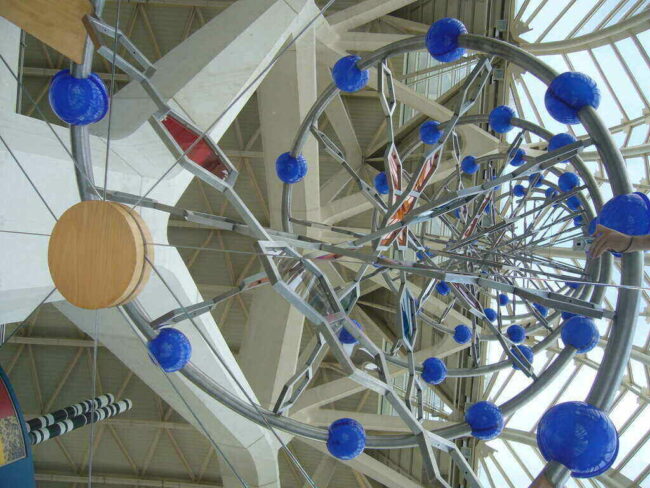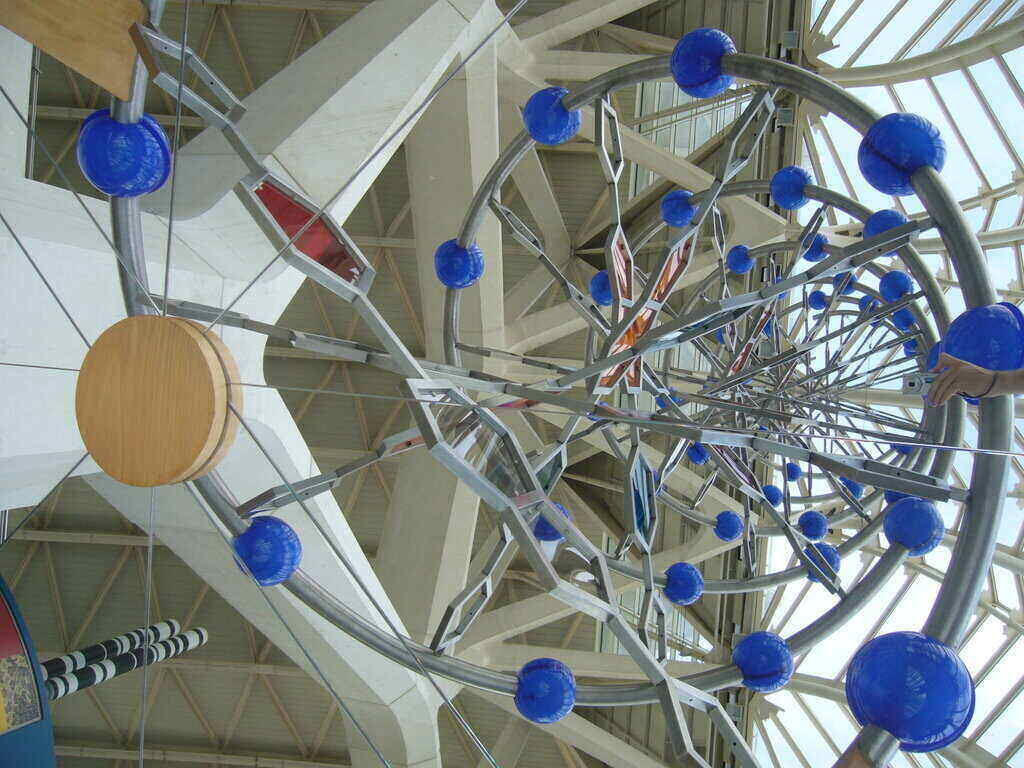|
Getting your Trinity Audio player ready...
|

Scientists from the University of Virginia School of Medicine are developing new technology using DNA in hopes of creating the world’s first superconductor. The new technology is believed to solve technical barriers in engineering while helping to reinvent electronics.
Professor Edward Egelman, Ph.D., of UVA’s Department of Biochemistry and Molecular Genetics, stated the analysis “is sort of like a proof of principle. But we’re laying the basis for this new technology.”
Egelman has been a leader in the field of cryo-electron microscopy (cryo-EM). He and one of his lab’s graduate students, Leticia Beltran, used cryo-EM imaging for this ostensibly impossible project. The professor believes their project “demonstrates that the cryo-EM technique has great potential in materials research.”

Prior to this, Egleman’s work led to his induction into the National Academy of Sciences, one of the highest honors a scientist can receive.
The team of scientists used DNA as a guide in creating a chemical reaction that would overcome the great barrier to Stanford physicist William A. Little’s superconductor. More than 50 years ago, Little first proposed the idea of one such superconductor. For five decades scientists have struggled to make Little’s idea a reality. Now it seems a team of scientists may actually make it happen.
Egleman stated that their “idea is to turn DNA into a superconducting wire, which means it has no resistance and generates no heat when electricity passes through it. In principle, it could be used to create a whole new realm of electronic devices that are faster, smaller, and use less energy.”
For now, the DNA lattice the scientist built has not been tested for superconductive capabilities. However, the structure offers proof of principle and has great potential for the future, according to the researchers.
If fruitful, Egelman and his colleagues’ DNA-guided approach to lattice construction could open a variety of research applications, especially in physics. This could change many of the products in the world, like TVs, computers, levitating trains, highly accurate magnetoencephalograms, and smaller and lighter engines, generators, and transformers. So many possibilities could become reality if, in fact, these scientists have finally cracked the code using DNA.
Written by Sheena Robertson
Sources:
INMESOL: Superconductivity Applied to Everyday Life
Science Daily: In DNA, scientists find solution to engineering transformative electronics
NBC 12: Superconductor solution found in DNA
Phys.Org: In DNA, scientists find solution to building superconductor that could transform technology
Top and Featured Image Courtesy of Peter Burgess‘ Flickr Page – Creative Commons License
Inset Image Courtesy of snickclunk’s Flickr Page – Creative Commons Lice



